Modern Two in Edinburgh reopens this week, and what more fitting subject for a show in a time of global catastrophe than Ray Harryhausen, titan of cinema, creator of beasts, destroyer of cities, king of adventure?
If you were near a screen at any point during the Cold War, you almost certainly watched Harryhausen movies.
Already a subscriber? Log in
Subscribe for just $2 a week
Try a month of The Spectator Australia absolutely free and without commitment. Not only that but – if you choose to continue – you’ll pay just $2 a week for your first year.
- Unlimited access to spectator.com.au and app
- The weekly edition on the Spectator Australia app
- Spectator podcasts and newsletters
- Full access to spectator.co.uk
Or
Unlock this article
Ray Harryhausen: Titan of Cinema is at the Scottish National Gallery of Modern Art (Modern Two) until 5 September 2021.
You might disagree with half of it, but you’ll enjoy reading all of it. Try your first month for free, then just $2 a week for the remainder of your first year.

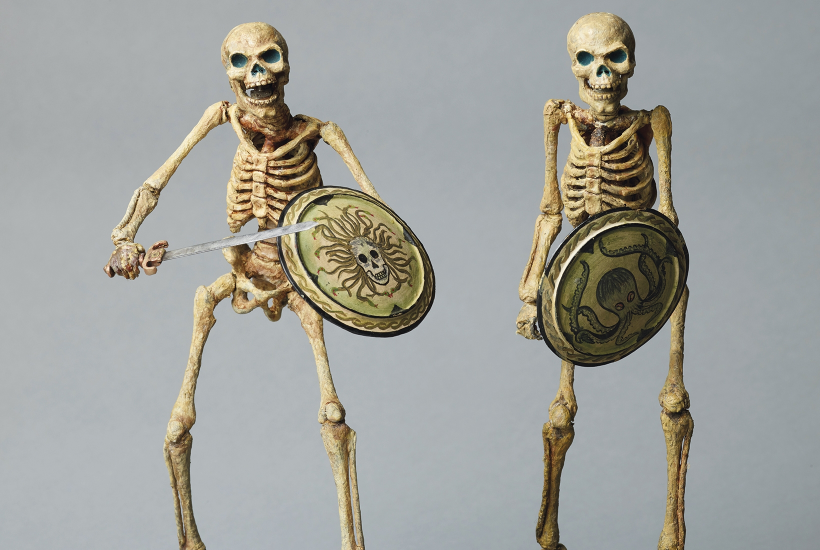
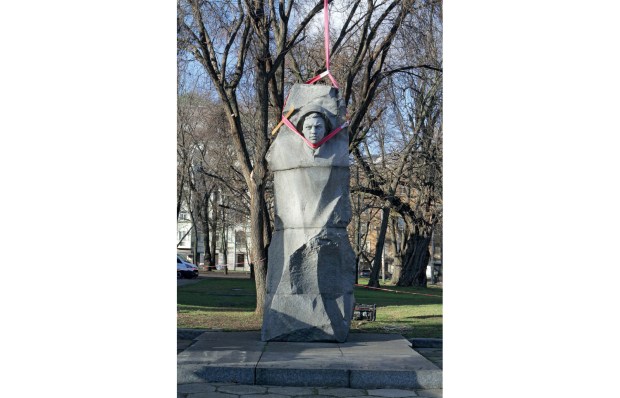
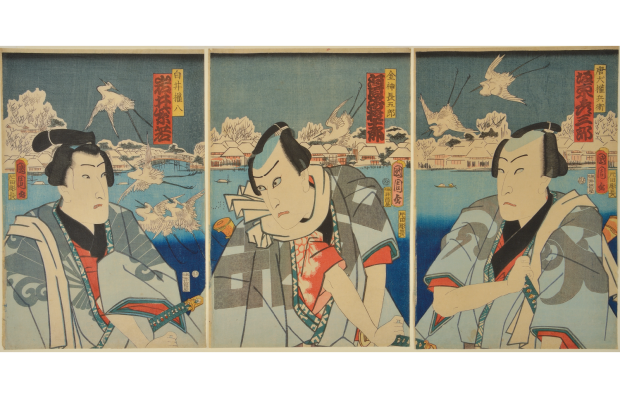
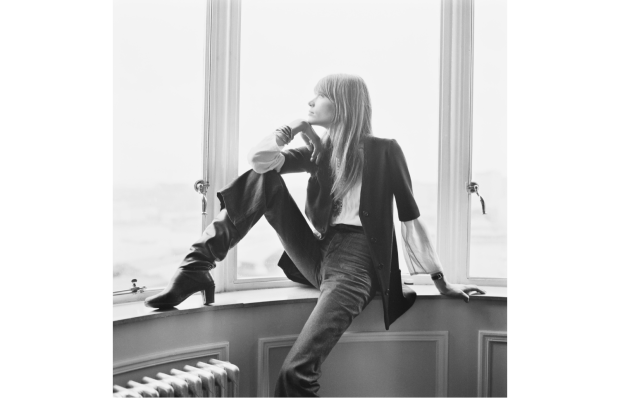
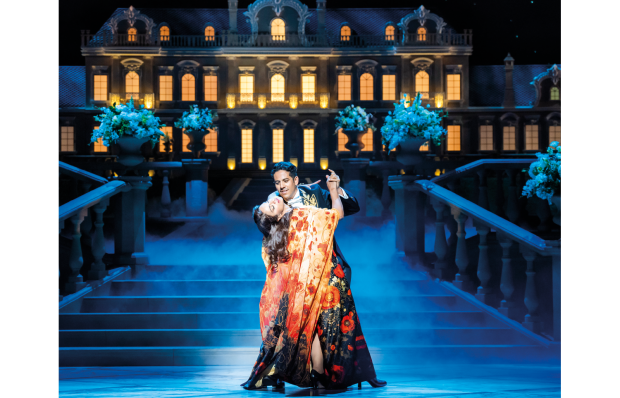
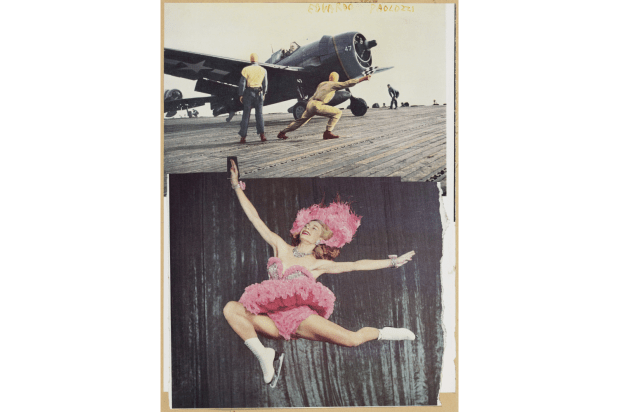
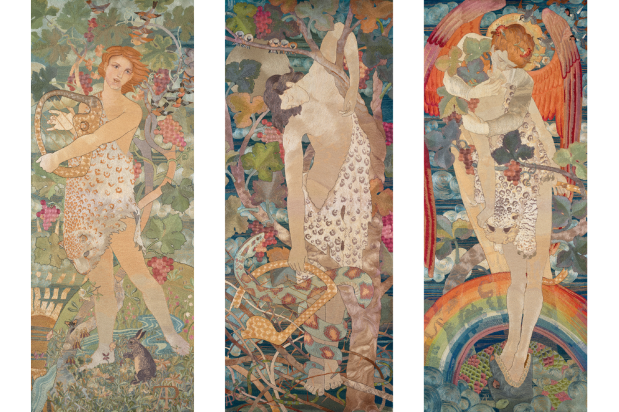






Comments
Don't miss out
Join the conversation with other Spectator Australia readers. Subscribe to leave a comment.
SUBSCRIBEAlready a subscriber? Log in